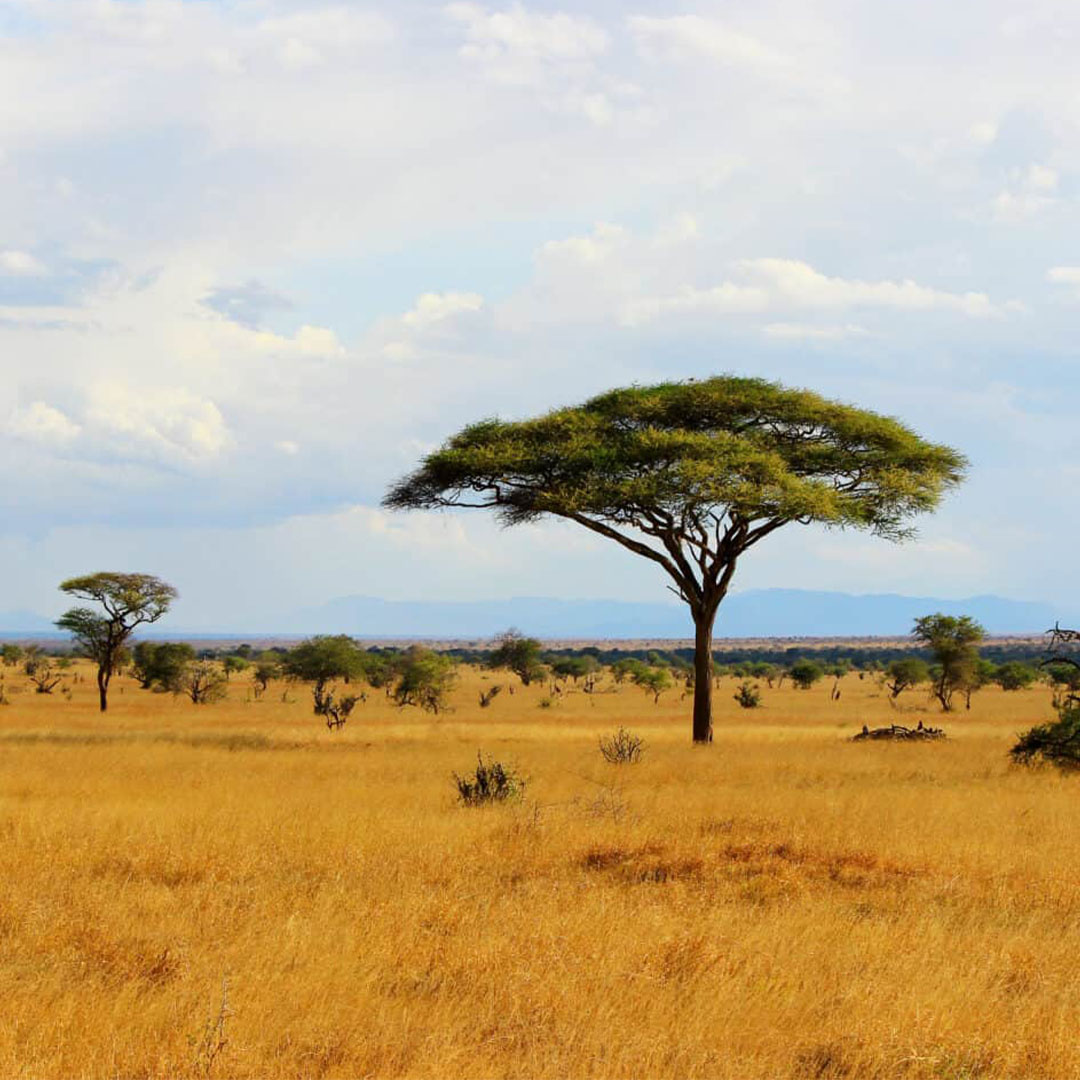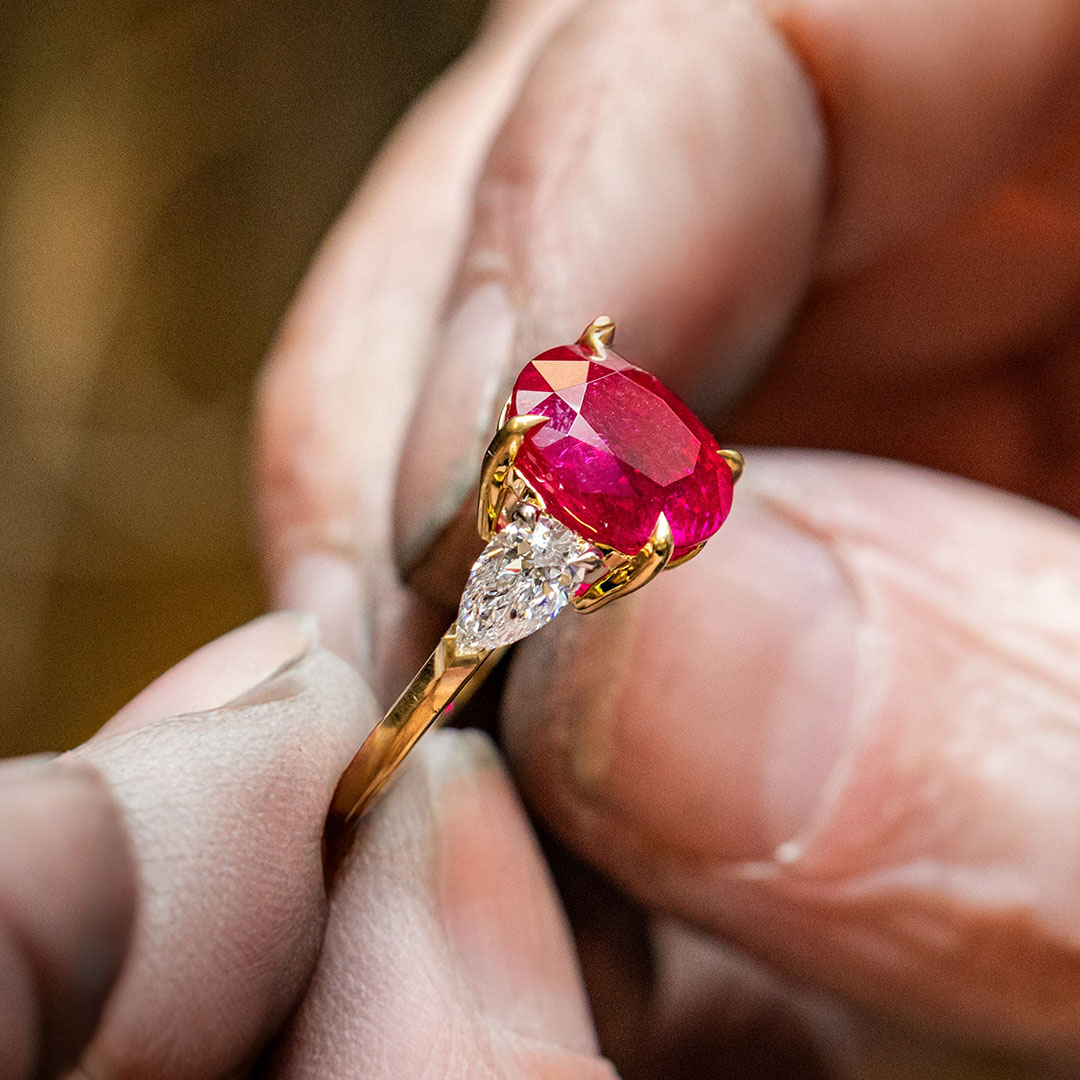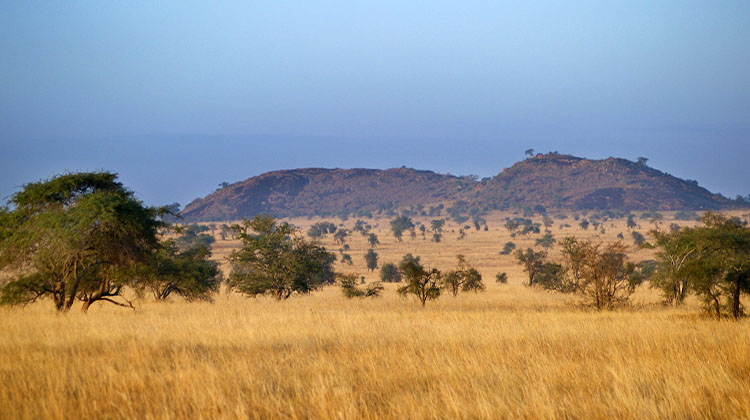Kenyan Ruby
Kenyan rubies boast a captivating history, shaped by their geological origins and comparatively recent rise in the global gemstone market.

Tsavo Region
Ruby deposit in Kenya
Kenya is home to several notable ruby-producing regions, with the Tsavo Region, particularly in Taita-Taveta County, being the most prominent. The famous ruby deposits are located around the towns of Kasigau, Mwatate, and Maungu, where these gems are commonly known as "Tsavo rubies" due to their vibrant colours and unique inclusions. Small-scale and artisanal miners primarily work in this area, although some large-scale mining companies have also operated there.
Another significant ruby-producing area is Baringo County, which, while less renowned than Tsavo, still produces rubies that are typically smaller and more included.
Before the 1970s, rubies were primarily known only in local regions of Kenya, with little formal exploitation or global recognition. However, during the 1970s and 1980s, Kenyan rubies began to gain international attention as gemmologists and dealers recognized the area's potential, particularly near the border with Tanzania.
In the 2010s and continuing to the present, the Kenyan government has made efforts to regulate the gemstone industry to boost transparency and economic benefit by promoting local value addition, such as cutting and polishing. At the same time, international gemmological laboratories began to recognize Kenyan rubies more widely.
Vibrant Colours
From Deep Red to Purplish-Red
Kenyan rubies are highly sought-after for their vibrant colours, ranging from deep red to purplish-red, showcasing rich saturation that enhances their beauty. These gemstones often display visible inclusions, which contribute to their charm and individuality. Each inclusion adds character, telling a unique story about the gemstone's formation and history. This distinctiveness is what makes Kenyan rubies truly remarkable. Their captivating hues and intriguing features not only make them desirable in the market but also a favourite among collectors.

Geological Properties
Corundum Mineral
Rubies are a variety of corundum mineral (Al₂O₃) that get their distinctive red colour from trace amounts of chromium. In Kenya, these precious gemstones are typically found in metamorphic rocks such as marble and amphibolite. Ruby deposits in the region are frequently linked to the Mozambique Belt, a geologically important formation that extends through East Africa. This belt is notable for its rich diversity of gemstones, making it a significant area for gemstone mining and contributing to Kenya's reputation as a source of high-quality rubies.
Generic CLP Page
Contact us
